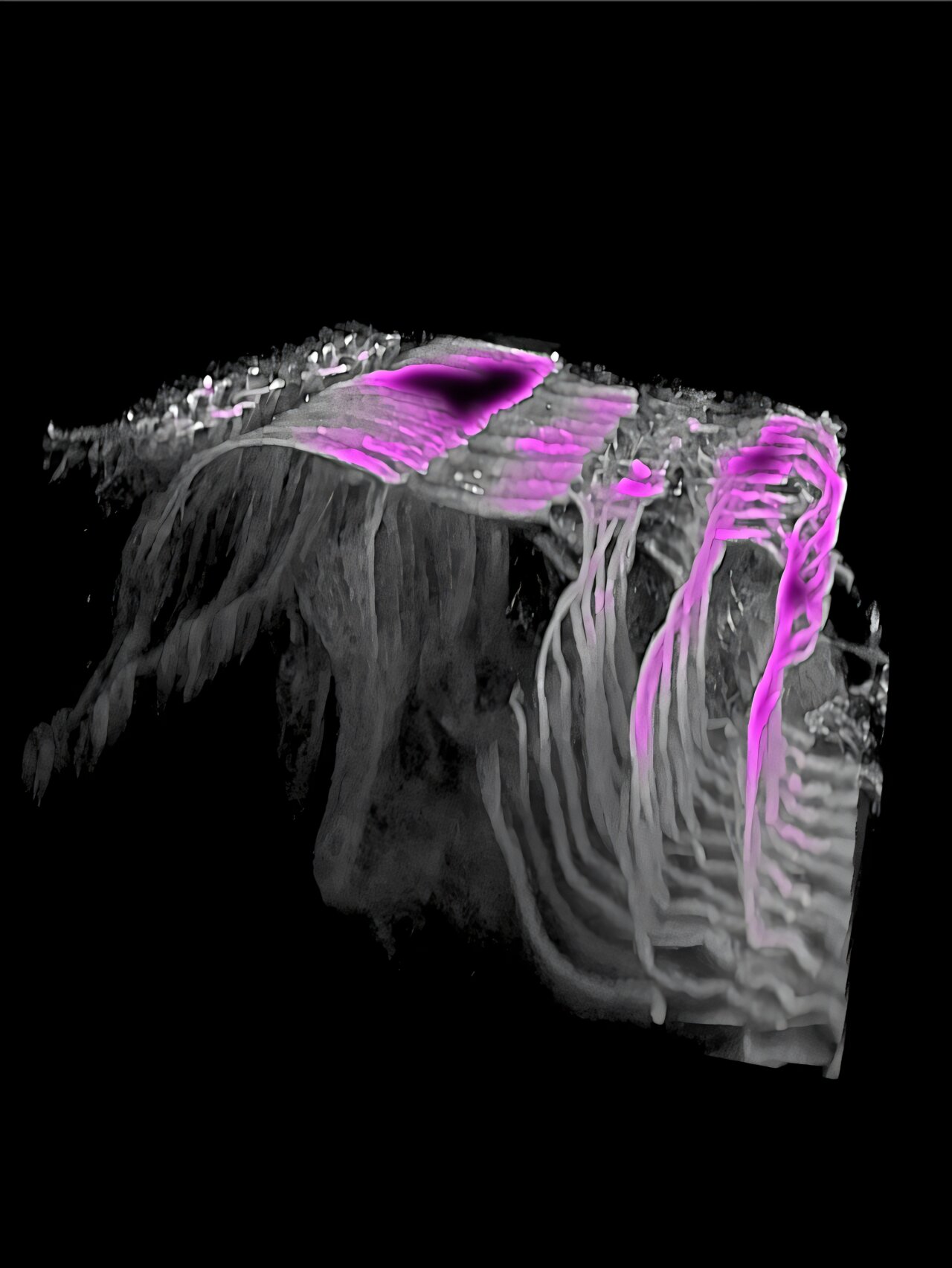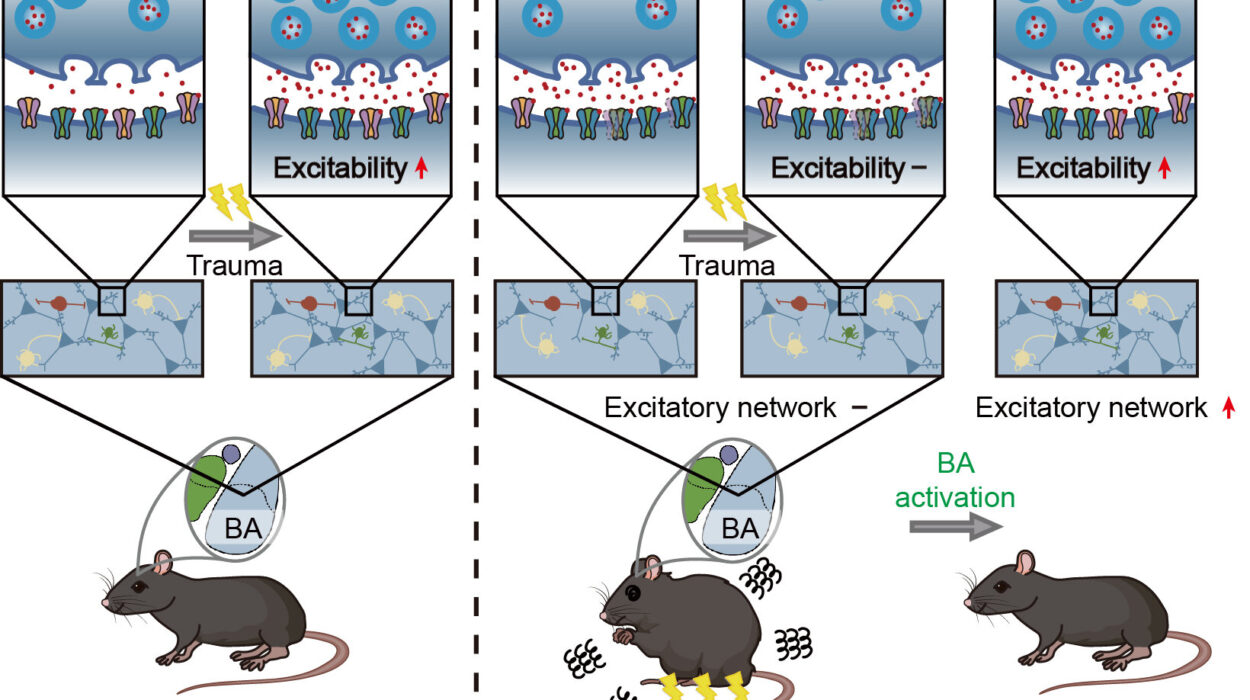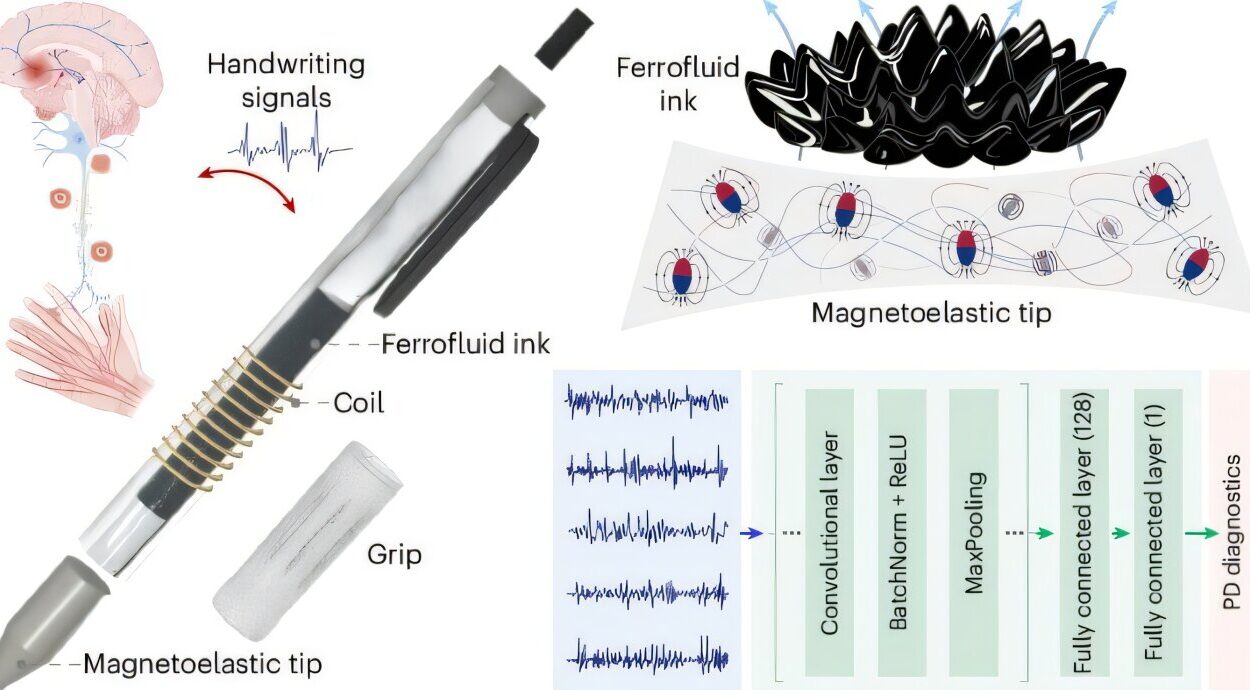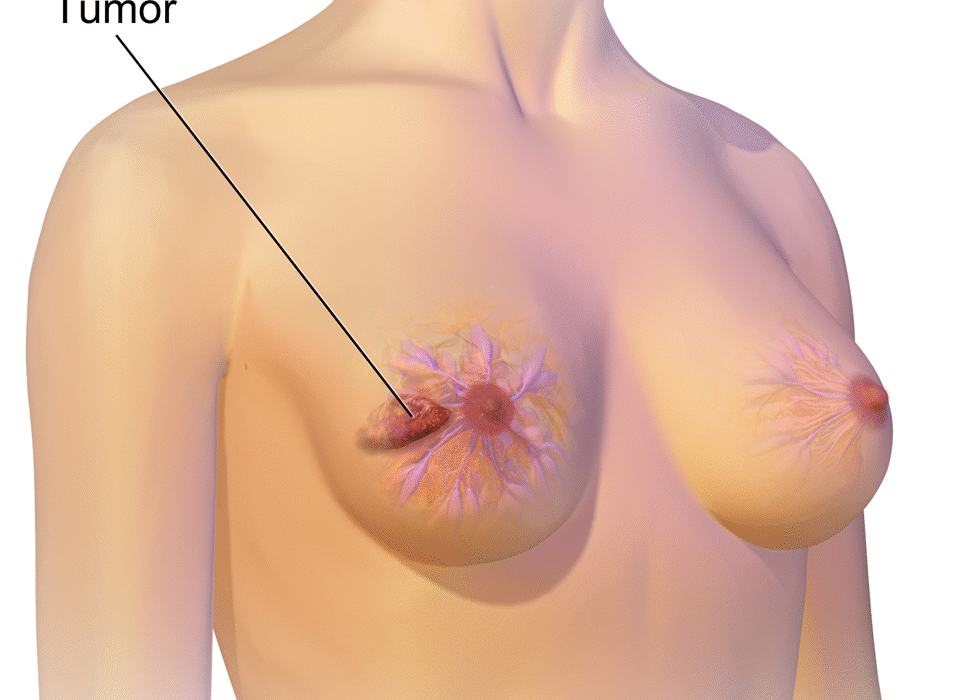Deep inside the spiral chambers of the inner ear lies a microscopic masterpiece—the organ of Corti, a structure so delicate and precise that even the slightest imperfection can silence the music of the world. It is here, within this narrow ribbon of tissue, that sound becomes sensation. Vibrations transform into electrical impulses, and those impulses bloom into voices, melodies, and laughter in the theater of the brain.
But the organ of Corti is not a random arrangement of cells; it is a meticulously organized mosaic, composed of sensory hair cells and supporting cells locked in perfect formation. For decades, scientists have known the basic structure, yet the true architects behind this intricate design remained a mystery—until now.
The Discovery That Redefines the Inner Ear
In a groundbreaking study published in Science Advances, researchers at Northwestern Medicine uncovered how a specific group of cells—the inner hair cells (IHCs)—serve as the master conductors in building and organizing the inner ear’s architecture. Far from being passive players that simply receive sound, these cells actively shape the development of their neighboring cells, guiding them like a composer orchestrating a symphony.
Led by Jaime García-Añoveros, Ph.D., professor of Anesthesiology and Neuroscience and a member of the Ken and Ruth Davee Department of Neurology, the team revealed a powerful truth: IHCs don’t just detect sound; they design the stage upon which sound is born.
The Organ of Corti: Where Sound Takes Shape
The organ of Corti, located within the snail-shaped cochlea, is the heart of hearing. It converts mechanical vibrations from sound waves into the electrical signals the brain interprets as sound. This structure is astonishingly organized—two rows of sensory hair cells, six types of supporting cells, all precisely arranged in an 11-row mosaic that ensures flawless function.
Each hair cell in this system has a partner, a supporting cell, working like an ensemble to amplify and stabilize sound perception. While the outer hair cells fine-tune sound and amplify faint vibrations, the inner hair cells are the true sensory transducers—they send auditory signals to the brain. Until recently, scientists believed these inner hair cells were mostly passive receivers of mechanical sound energy. García-Añoveros and his team have now revealed that they are, in fact, commanding engineers of their own microscopic world.
The “Bossy” Inner Hair Cells
Through a series of genetic experiments in mice, researchers discovered that IHCs exert strong influence over neighboring cell types during development. When scientists removed these inner hair cells or altered them genetically, the surrounding landscape of the organ of Corti changed dramatically.
Without IHCs, outer pillar cells failed to form properly, and the boundaries between cell types blurred. Meanwhile, the development of Deiters’ cells, another supporting cell type, became disorganized. This suggested that IHCs act as both sculptors and supervisors—encouraging some cells to grow while restraining others, ensuring that every cell finds its rightful place.
Even more fascinating, the researchers found that IHCs attract inner phalangeal cells, which wrap around them during early development and continue to embrace them throughout life. This close relationship forms a stable, nurturing microenvironment necessary for sound perception.
As García-Añoveros put it, “The inner hair cells are quite bossy—they give signals that tell the other cells where to go and what to become.”
Seeing Development in Real Time
The study used an ingenious approach: scientists manipulated genes in developing hair cells at different stages to see how their behavior affected surrounding cells. In some mice, IHCs were completely absent. In others, their identities were switched with outer hair cells—a remarkable experiment that revealed how each cell type instructs others.
By observing how neighboring cells responded, researchers discovered that IHCs send distinct signals that shape the organization of the organ. When those signals are missing, the architecture collapses into disorder.
This finding marks a profound shift in how scientists think about organ development. As García-Añoveros explained, “Our study doesn’t address the function of genes, but of cells—how certain cells act as architects to form the complex multicellular structures we call organs.”
A Symphony of Cellular Communication
Every organ in the body relies on an intricate conversation between its cells. The inner ear, however, takes this communication to an exquisite level. The research shows that IHCs act as a central conductor in a biological symphony—sending instructions, coordinating rhythms, and ensuring harmony between different cell types.
This discovery not only reveals the deep intelligence of cellular design but also highlights how non-cell-autonomous interactions—where one cell controls the fate of others—play a key role in organ assembly. It’s a kind of developmental choreography where every step, every gesture, must be perfectly timed.
Rewriting the Future of Hearing Restoration
Hearing loss affects hundreds of millions of people worldwide, often because of damage to hair cells or their supporting structures. Once these cells die, they do not naturally regenerate in humans—a biological limitation that leaves hearing loss largely irreversible.
However, the insights from this study could change that. If inner hair cells truly act as master organizers, then regenerating hearing might require more than just replacing hair cells—it might demand rebuilding their entire social network of supporting cells.
“The support cells are actually very important for hearing,” García-Añoveros emphasized. “You don’t just need a hair cell—you need a hair cell teamed up with these specialized cells that provide support.”
By understanding the communication signals that IHCs use to organize their environment, scientists may one day learn to reactivate or mimic those same signals to rebuild damaged inner ear structures. This could lead to new regenerative therapies that restore not just hearing, but the delicate balance of cellular architecture that makes hearing possible in the first place.
The Broader Implications for Biology
While this study centers on the ear, its implications reach far beyond hearing. It demonstrates a powerful new way to understand how organs form—not as passive collections of cells, but as dynamic communities guided by certain “leader” cells that instruct others.
“This is something one would want to do in every other organ,” García-Añoveros said. Indeed, this approach could illuminate how heart cells organize muscle fibers, how neurons sculpt brain circuits, or how skin cells form complex layers of protection.
The idea that cells can give and follow instructions adds a new dimension to developmental biology. It suggests that organ formation is a conversation, not just a blueprint—a dialogue of signals, responses, and feedback loops that shape the living body.
Completing the Puzzle
The García-Añoveros lab is now delving even deeper into this cellular symphony. Their next goal is to explore what happens when supporting cells—the ones that “follow instructions”—are themselves reprogrammed.
“Now we hope to complete the puzzle,” García-Añoveros said. “If we change an outer supporting cell into an inner supporting cell, or another type, we can find out what role each plays in organizing the organ. Some cells follow commands, others give them, and we want to understand this entire chain of command.”
By mapping this hierarchy of influence, researchers may uncover the full score of the inner ear’s developmental symphony—a biological composition more intricate than any orchestra’s performance.
The Music of Life
In the end, this discovery does more than deepen our scientific understanding—it reconnects us to the wonder of what hearing truly is. Every sound you experience—from the hush of wind through leaves to the laughter of a loved one—depends on this microscopic world of cooperation and structure.
To think that a few thousand cells, smaller than dust motes, could organize themselves into a living instrument capable of perceiving Beethoven, birdsong, or whispered words is nothing short of miraculous.
Physics describes how sound travels through the air. Neuroscience explains how the brain decodes those signals. But it is biology, in the form of these “bossy” inner hair cells, that builds the bridge between the two—between vibration and emotion, between the outer world and the inner self.
As science continues to uncover the hidden harmonies of life, the message becomes clear: the universe is not only made of matter and motion but of connection and communication. And within your ears, every moment of hearing is proof that even the smallest cells can play the grandest symphony of all—the song of being alive.
More information: Ignacio García-Gómez et al, Targeted cell interconversions reveal inner hair cell control of organ of Corti cytoarchitecture, Science Advances (2025). DOI: 10.1126/sciadv.adz3944






